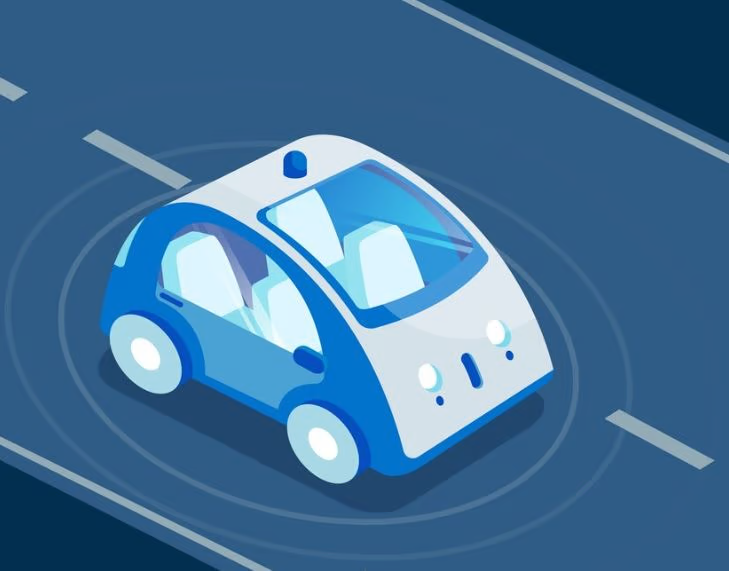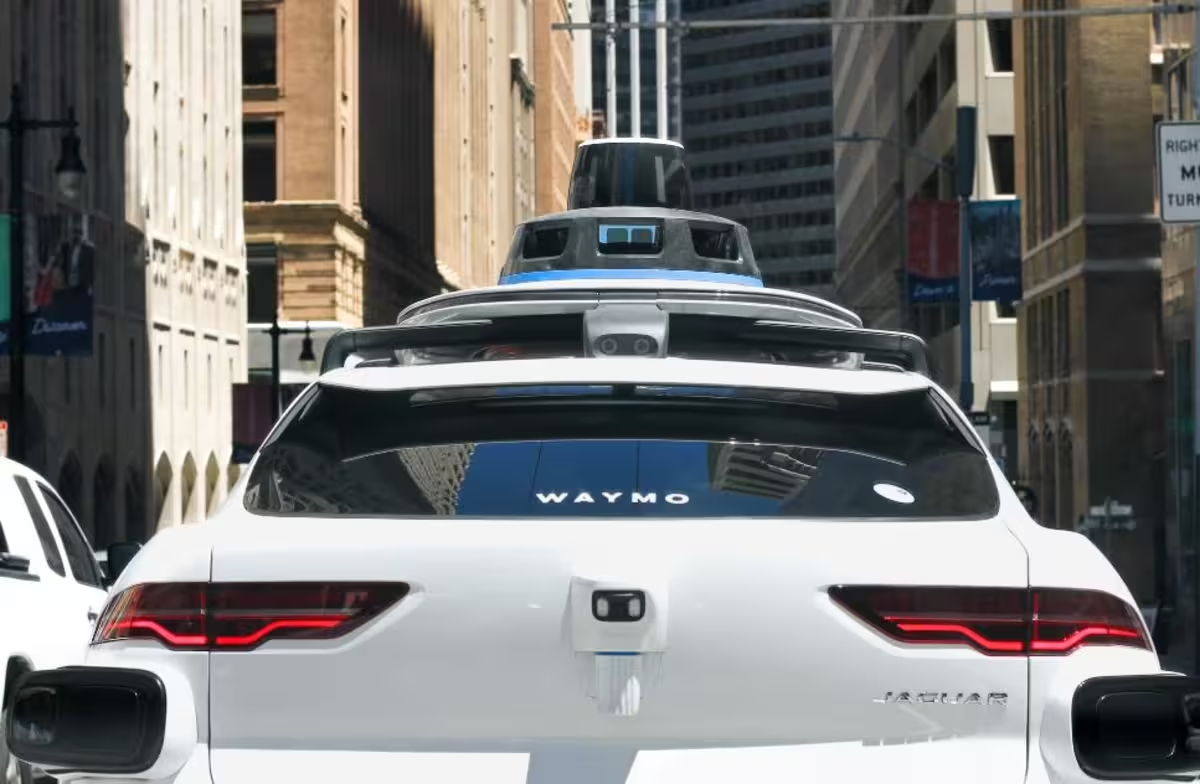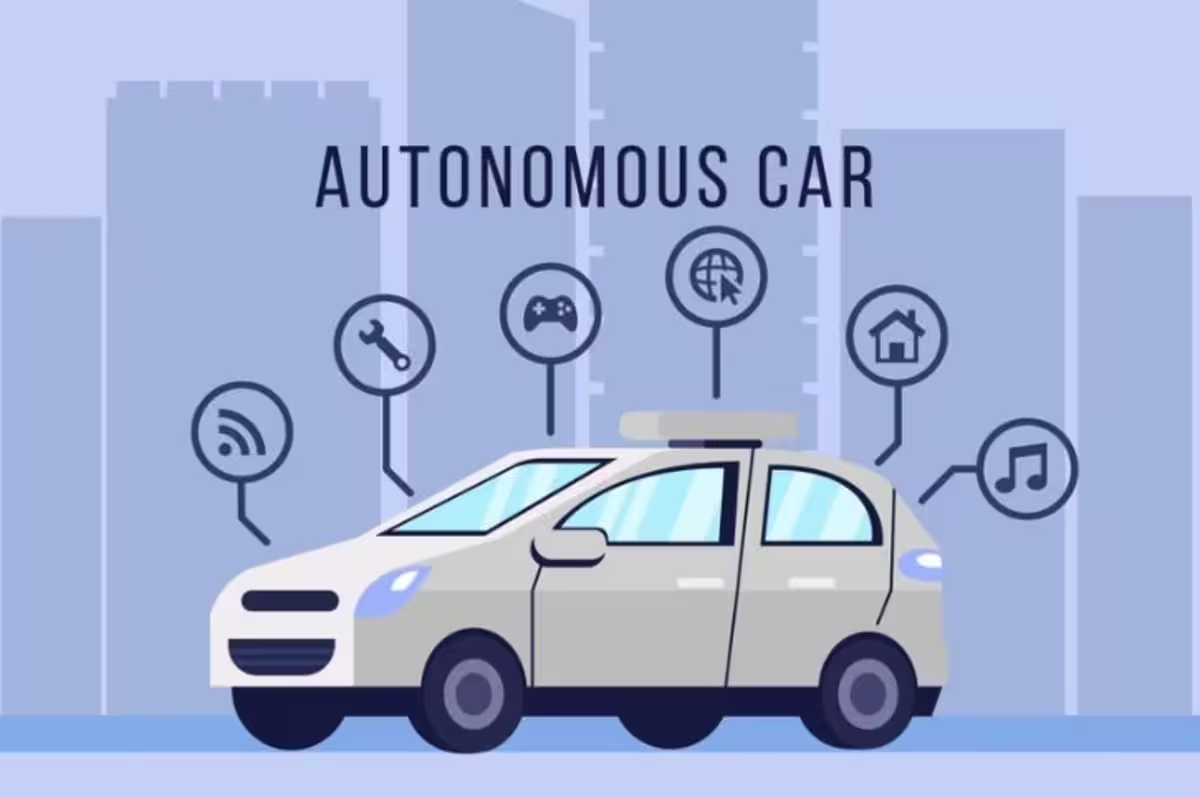Waymo’s Self-Driving Cars and The Autonomous Vehicle Race
Introduction to Waymo’s Autonomous Driving
In the world of autonomous vehicles, Waymo has consistently positioned itself as a leading innovator. From developing cutting-edge technology to offering a fully operational ride-hailing service, Waymo is shaping the future of transportation. With key competitors like Tesla and Cruise also in the race, understanding Waymo’s autonomous vehicle strategy reveals its distinct advantages.
To grasp and make your own opinion about Waymo's autonomous capabilities and future outlook, it's vital to understand the following: What is Waymo and what makes it so special? What are the key aspects which really set them apart? Since they are partnered with Uber, what is the Uber-Cruise partnership and how does it impact them? And finally, how do they fare in comparison to other autonomous potential players, especially Tesla?
In 2024, Waymo’s cars are not just testing grounds for self-driving technology; they’re active, real-world players in cities like Phoenix, San Francisco, and Los Angeles. Waymo operates a fleet of fully electric self-driving cars, primarily Jaguar I-PACE SUVs and Chrysler Pacifica minivans, offering passengers a glimpse into the future of mobility. This makes Waymo a leader in autonomous vehicles, while Uber’s partnership with Cruise hints at the industry's collaborative and competitive landscape.
What is Waymo and What Makes It Special?
Waymo is the autonomous driving division of Alphabet (Google’s parent company), and it stands as a pioneer in the field of self-driving technology. Originally started as Google’s self-driving car project in 2009, Waymo became a standalone company in 2016 under Alphabet’s umbrella. What makes Waymo special is not only its early entry into the autonomous vehicle space but its technological leadership and the Level 4 autonomous systems it has successfully deployed.

What Key Features Set Waymo Apart?
| Feature | Description |
|---|---|
| Autonomy at Level 4 | Waymo operates vehicles at Level 4 autonomy, meaning they can drive without human intervention in predefined areas. This is a significant advancement compared to Tesla's Level 2 Full-Self Driving (FSD), which still requires human supervision. Waymo's capability to operate in complex urban environments demonstrates its technological superiority. |
| Lidar and Sensor Suite | Waymo cars are equipped with a robust sensor suite, including Lidar, cameras, and radar. Lidar creates a detailed 3D map of the surroundings, allowing the vehicles to navigate with high accuracy and safety, particularly in crowded urban areas. |
| Real-World Experience | Waymo's vehicles have accumulated over 7 million miles of fully autonomous driving in real-world environments, including cities like Phoenix, San Francisco, and Los Angeles. This real-world experience gives Waymo an advantage in navigating the complexities of autonomous driving. |
| Partnerships and Fleet Deployment | Waymo has formed strategic partnerships with automakers like Jaguar and Chrysler, using Jaguar I-PACE electric SUVs and Chrysler Pacifica minivans in its fleet. Waymo’s collaboration with Uber allows users to book self-driving rides directly through the Uber app, integrating its fleet into existing ride-hailing services. |
| Safety and Precision | Waymo places a strong emphasis on safety, reducing crash rates by 85% in its operational areas. This is achieved through pre-mapping technology and real-time data analysis from its sensors. Waymo's focus on precision and safety sets it apart from competitors like Tesla, which rely on real-time environment analysis without pre-mapping. |
What is the Uber-Cruise Partnership?
The Uber-Cruise partnership was announced in 2024, marking a significant step in the integration of autonomous technology into mainstream ride-hailing. Cruise, a subsidiary of General Motors, will provide self-driving cars for Uber’s rideshare platform. Starting in early 2025, users will be able to select Cruise vehicles when booking an Uber ride.
Is Waymo Better Than Tesla?
A frequently debated question in the world of autonomous vehicles is: Is Waymo better than Tesla? While Tesla has made significant strides with its Full-Self Driving (FSD) technology, it remains classified as a Level 2 system, meaning that human oversight is still required. In contrast, Waymo operates at Level 4 autonomy, meaning its cars are capable of fully autonomous driving without human intervention in designated areas.
One of the major differentiators is in the approach: Waymo relies on Lidar technology, which provides highly accurate, pre-mapped data for its routes. Tesla, on the other hand, uses camera-based vision systems powered by AI, relying less on maps and more on real-time environment analysis. While Tesla aims for scalability, Waymo prioritizes safety and precision in controlled environments like urban areas.

Does Uber Offer Self-Driving Rides?
If you’re curious about how self-driving cars work on Uber, the answer lies in Uber’s integration of AV technology through partners like Waymo and Cruise. On Uber's platform, when a user selects a self-driving car, the ride experience becomes mostly autonomous.
Waymo vs Cruise 2024: A Comparison
When comparing Waymo vs Cruise in 2024, the key difference lies in their operational approaches. Waymo, backed by Google, has logged over 7 million driverless miles, primarily focusing on large urban centers with complex road systems. Cruise, on the other hand, though also logging significant miles, faced setbacks in 2023 when its operations were suspended following an accident. However, Cruise has bounced back, focusing on expanding its fleet in cities like San Francisco and integrating with Uber's ride-hailing network.
EV-Global Verdict: What is the Future of Self-Driving Cars?
Looking ahead, the future of self-driving cars seems poised for massive growth. By 2025, it’s expected that autonomous vehicles could account for a significant share of urban transportation. Companies like Waymo are leading the charge, leveraging advancements in AI, Lidar, and electric vehicles to offer scalable, fully autonomous ride-hailing services.



